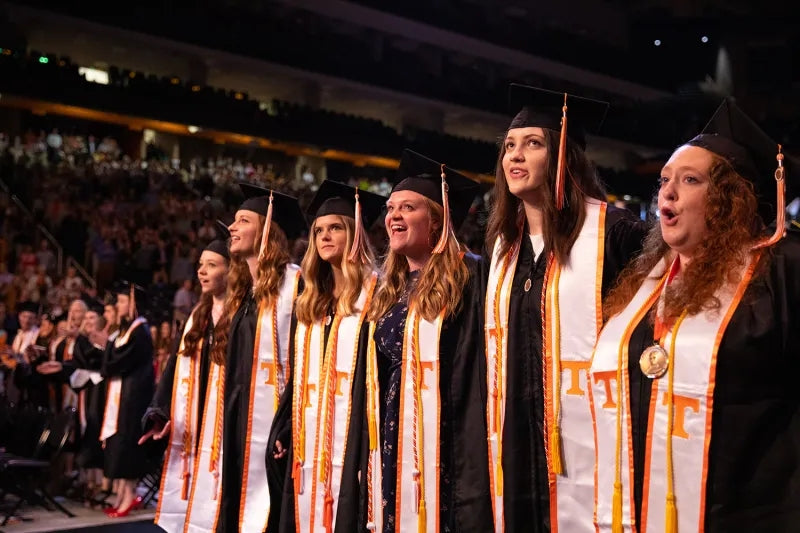Graduation is a momentous occasion, marking the transition from one chapter of life to the next. A defining symbol of this milestone is the ceremonial cap and gown, worn by graduates across the world. But where did this tradition originate, and how has it evolved over time? Let's take a closer look at the fascinating history of academic regalia.
Origins in Medieval Europe
The tradition of wearing academic robes dates back to medieval Europe, specifically in the 12th and 13th centuries, when universities first emerged. During this period, scholars and clergy were often one and the same, and they adopted long robes and hoods as part of their daily attire. These garments provided warmth in the cold halls of early universities and distinguished learned individuals from the general public.
By the late 14th century, universities began formalizing their dress codes, making academic regalia an official symbol of education and scholarship. The use of robes also served a practical function, signifying the wearer’s academic status and discipline.
Evolution of the Modern Cap and Gown
Over the centuries, academic attire transformed from daily wear to ceremonial dress, reserved for graduation ceremonies and formal academic events. One of the most iconic elements of the ensemble—the square cap, also known as the mortarboard—became popular in the 16th century. The flat, square shape is believed to have been inspired by traditional headwear worn by scholars, possibly resembling the biretta, a cap used by clergy.
In the United States, standardized academic regalia became widely adopted in the late 19th century, when colleges and universities sought uniformity. The Intercollegiate Code of Academic Costume, established in 1895, set guidelines for different degrees and disciplines, ensuring a consistent style across institutions.
Today, graduation gowns vary by level of education and country, with colors, trims, and hoods indicating specific fields of study and degrees.
Fun Stories and Traditions
While graduation attire maintains an air of formality, it also carries unique traditions and lighthearted moments.
- The Tassel Turn: One of the most anticipated moments in a graduation ceremony is the switching of the tassel on the mortarboard. In many institutions, graduates move the tassel from the right to the left upon receiving their diploma, symbolizing their transition from student to graduate.
- Personalized Caps: In modern times, graduates often decorate their mortarboards with quotes, artwork, or meaningful messages. This trend has given students a creative way to express their personalities, celebrate achievements, and even pay tribute to loved ones.
- Cap Tossing Tradition: The throwing of caps into the air is a joyful and iconic tradition that dates back to 1912, when graduates of the U.S. Naval Academy first tossed their hats after receiving their commissions. The gesture quickly spread to other schools and remains a symbol of celebration and accomplishment.
A Legacy That Lives On
The cap and gown tradition has endured for centuries, evolving with time yet remaining deeply rooted in academia. Whether worn by scholars in medieval halls or graduates on modern campuses, these garments represent dedication, perseverance, and the pursuit of knowledge.
So the next time you see a graduate proudly donning their cap and gown, remember that they are carrying on a tradition steeped in history—one that connects generations of scholars who have walked the same path before them.




Leave a comment
This site is protected by hCaptcha and the hCaptcha Privacy Policy and Terms of Service apply.